Namdaemun Ginseng Market (남대문인삼시장)
16.3Km 2021-06-09
25-8, Namdaemunsijang-gil, Jung-gu, Seoul
+82-2-752-1012
Namdaemun Ginseng Market is found along the central path of Namdaemun Market located on Namdaemun-ro.There are approximately 20 shops standing close together in the market, with seven other ginseng shops in a ginseng distributor center located on the second floor of Namdaemun Theatre building. Here, visitors can purchase quality ginseng at a 20~30% lower price than the regular consumer price.
Visitors can also purchase fresh ginseng and other processed products such as ginseng tea and powder, as well as a variety of oriental health foods including: red ginseng, honey, Yeongji mushrooms, traditional teas, brown rice and adlay.
Samick Fashion Town (삼익패션타운)
16.3Km 2021-06-04
7, Namdaemunsijang 8-gil, Jung-gu, Seoul
+82-2-1566-4578
Located in the heart of the Namdaemun Market, the largest wholesale market in Korea and a popular tourist attraction, Samick Fashion Town is home to over 1,500 shops, spread among 15 floors. Opened in 1985, this giant, one-stop shopping destination offers shoppers virtually everything: from clothing (women’s, men’s, and children’s) and shoes to accessories for wholesale merchants and individual shoppers. The Samick Fashion Town is particularly known for its large children's section on the first floor and its giant shoe mall on the sixth that is unlike any other shoe store in Namdaemun Market. On the ninth floor is the food court and on the first basement level at MBIC Mall, visitors can find character products related to some of their favorite Hallyu stars. Character items include cushions, notebooks, mugs, t-shirts, postcards, stickers, mobile phone screen cleaners, and mechanical pencils featuring the comedians from Muhan Dojeon (Infinity Challenge) and other popular stars.
Nanji Hangang Park MTB Course Site (난지한강공원 MTB코스장)
16.3Km 2022-10-26
162, Hangangnanji-ro, Mapo-gu, Seoul
+82-2-3780-0611
Situated in Nanji Hangang Park, the MTB Course Site is perfect for MTB lovers as well as beginners who wish to enter the world of extreme biking with safety. The MTB Course Site is the nation's first MTB course site, established on a flatland, reproducing perfectly realistic mountain ridges and slopes.
BENIKEA Seoul Hotel (베니키아 서울 호텔)
16.3Km 2014-11-18
116, Hwagok-ro 68-gil, Gangseo-gu, Seoul
+82-2-2659-9007~8
BENIKEA Seoul Hotel is located near Gimpo International Airport, making the hotel an ideal choice for travel convenience. Having finished construction in June 2014, the hotel is set to provide the best services to guests in a pleasant environment, all at reasonable price.
Homeplus - Seosuwon Branch [Tax Refund Shop] (홈플러스 서수원)
16.3Km 2024-04-19
236, Geumgok-ro, Gwonseon-gu, Suwon-si, Gyeonggi-do
-
LG Best Shop - Gangseo Branch [Tax Refund Shop] (엘지베스트샵 강서점)
16.3Km 2024-04-18
431, Gonghang-daero, Gangseo-gu, Seoul
-
Mongmyeoksanbang (목멱산방)
16.3Km 2024-03-07
71, Toegye-ro, 20-gil, Jung-gu, Seoul
+82-2-318-4790
Situated near Namsan Mountain, Mongmyeoksanbang specializes in bibimbap. Mongmyeok is the ancient name of Namsan Mountain. Bibimbap is a bowl of rice tossed with various vegetables, meat, sesame oil, and red chili paste, making it a nutritionally balanced dish. Their dishes are made with natural seasonings and seasonal herbs gathered from Jirisan Mountain. The soybean pasete and soy sauce are also handmade, and perilla oil and sesame oil are 99.9% natural, without artificial ingredients.
Gyeongui Line Forest Park (Yeontral Park) (경의선숲길(연트럴파크))
16.3Km 2023-08-11
133, Donggyo-ro 51-gil, Mapo-gu, Seoul
Gyeongui Line Forest Park is a linear city park located in Mapo-gu and is also called Yeontral Park. It includes Daeheung-dong, Yeonnam-dong, Saechanggogae Pass, Changjeon-dong, Sinsu-dong, and Wonhyo-ro, which were opened in this order. Gyeongui Line Forest Park is established atop the Gyeongui railroad line and the Gyeongui Line and Airport Railroad Express are constructed as a double track underground. Gyeongui Line Forest Park was designed to be incomplete on purpose to invite the citizens in completing the park. The area which could have been left empty and neglected has turned into a meaningful green park for the citizens by the citizens.
Youth Day Festival (대한민국 청년의 날)
16.3Km 2024-08-06
162 Hangangnanji-ro, Mapo-gu, Seoul
+82-2-780-3939
The Youth Day Festival has been taking place since 2016, when Youth Day was established as a nationally-recognized day. The festival takes place annually on the weekend of the third Saturday in September, with a range of fun programs and concerts.
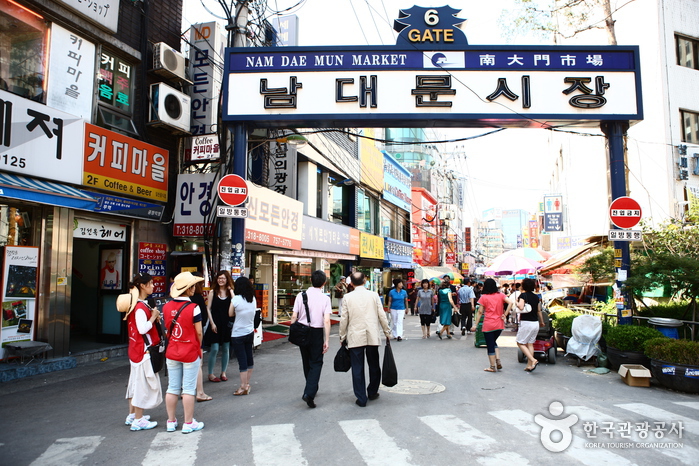
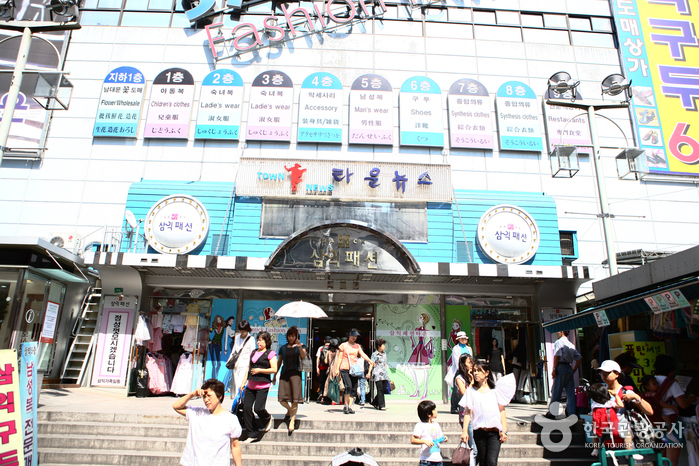
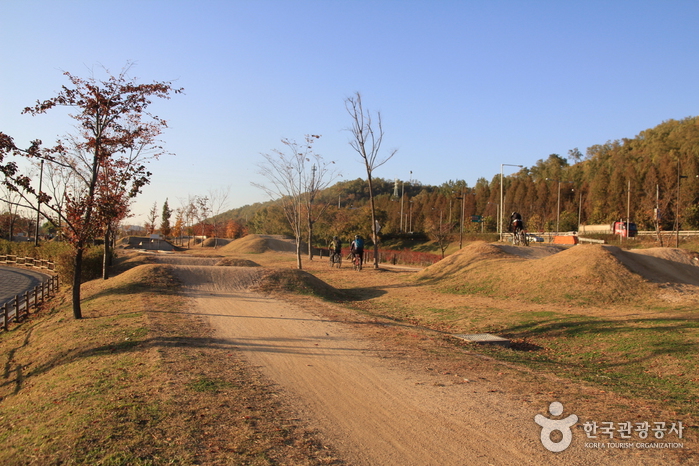
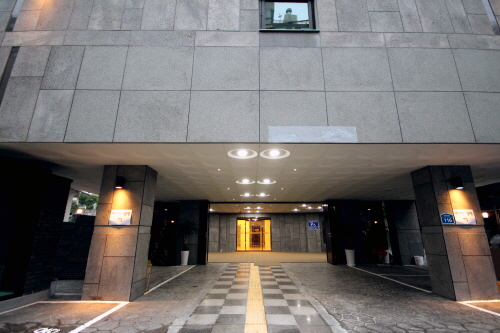
![Homeplus - Seosuwon Branch [Tax Refund Shop] (홈플러스 서수원)](http://tong.visitkorea.or.kr/cms/resource/62/2888462_image2_1.jpg)
![CheongKwanJang [Tax Refund Shop] (정관장)](http://tong.visitkorea.or.kr/cms/resource/26/2891126_image2_1.jpg)
![LG Best Shop - Gangseo Branch [Tax Refund Shop] (엘지베스트샵 강서점)](http://tong.visitkorea.or.kr/cms/resource/94/2880094_image2_1.jpg)
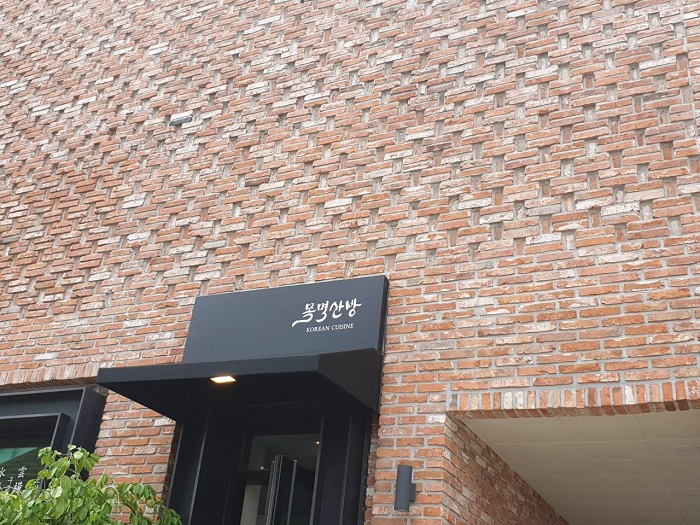

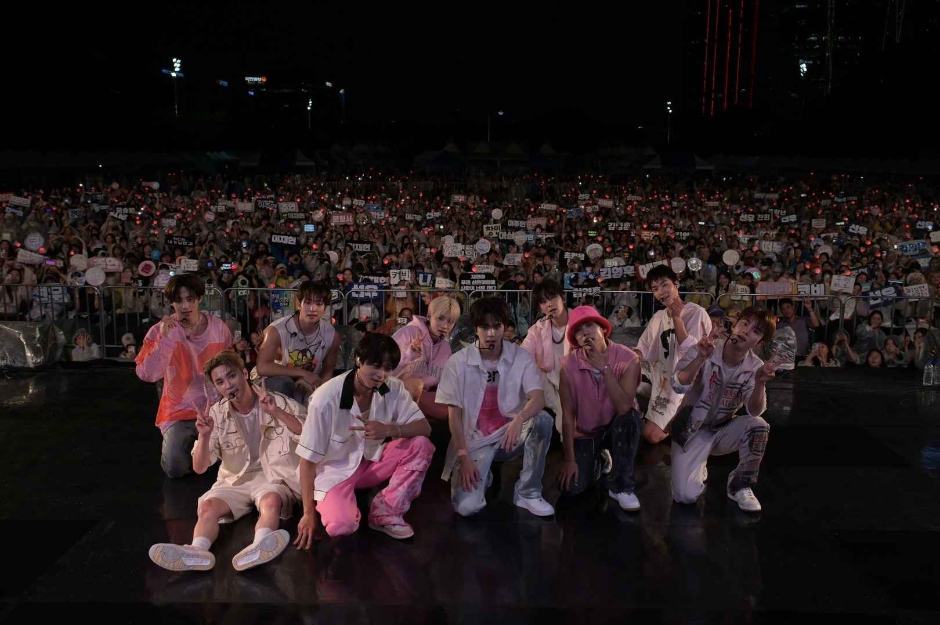
 English
English
 한국어
한국어 日本語
日本語 中文(简体)
中文(简体) Deutsch
Deutsch Français
Français Español
Español Русский
Русский